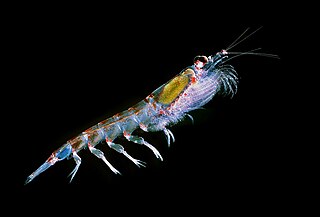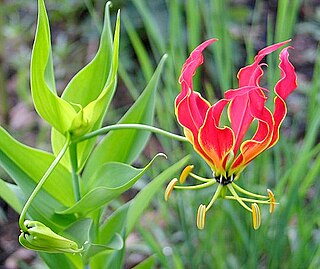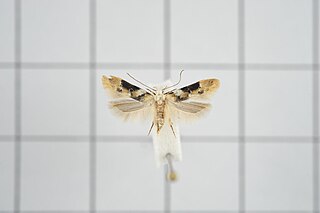
Antarctic krill is a species of krill found in the Antarctic waters of the Southern Ocean. It is a small, swimming crustacean that lives in large schools, called swarms, sometimes reaching densities of 10,000–30,000 individual animals per cubic metre. It feeds directly on minute phytoplankton, thereby using the primary production energy that the phytoplankton originally derived from the sun in order to sustain their pelagic life cycle. It grows to a length of 6 centimetres (2.4 in), weighs up to 2 grams (0.071 oz), and can live for up to six years. It is a key species in the Antarctic ecosystem and in terms of biomass, is one of the most abundant animal species on the planet – approximately 500 million metric tons.

The krill fishery is the commercial fishery of krill, small shrimp-like marine animals that live in the oceans world-wide. The present estimate for the biomass of Antarctic krill is 379 million tonnes. The total global harvest of krill from all fisheries amounts to 150–200,000 tonnes annually, mainly Antarctic krill and North Pacific krill.
Parastenolechia is a genus of moths in the family Gelechiidae.

Auzata superba is a moth of the family Drepanidae first described by Arthur Gardiner Butler in 1878. It is found in Japan, the Korean Peninsula, Siberia and China.

Gloriosa superba is a species of flowering plant in the family Colchicaceae. Common names include flame lily, climbing lily, creeping lily, glory lily, gloriosa lily, tiger claw, agnishikha and fire lily.

Gelechia rhombella, the apple groundling, is a moth of the family Gelechiidae. It is found in Europe, the Caucasus, Transcaucasia, southern Siberia, the Russian Far East, Korea and China.

Gelechiinae is a subfamily of moths in the family Gelechiidae. It was described by Henry Tibbats Stainton in 1854.
Parastenolechia acclivis is a moth of the family Gelechiidae. It is found in northern Vietnam.
Parastenolechia suriensis is a moth of the family Gelechiidae. It is found in southern and central Korea.

Parastenolechia asymmetrica is a moth of the family Gelechiidae. It is found in Taiwan and Korea.
Parastenolechia albicapitella is a moth of the family Gelechiidae. It is found in Korea.
Parastenolechia argobathra is a moth of the family Gelechiidae. It is found in Korea, Japan, the Russian Far East and China.
Parastenolechia claustrifera is a moth of the family Gelechiidae. It is found in China (Zhejiang) and Taiwan.
Parastenolechia issikiella is a moth of the family Gelechiidae. It is found in Japan and Korea.
Parastenolechia collucata is a moth of the family Gelechiidae. It is found in Korea and the Russian Far East.
Parastenolechia formosana is a moth of the family Gelechiidae. It is found in Taiwan.
Parastenolechia gracilis is a moth of the family Gelechiidae. It is found in Taiwan.

Parastenolechia nigrinotella is a moth of the family Gelechiidae. It is found in Turkey, on Sicily and in Spain, France, Italy, Austria, the Czech Republic, Slovakia, Croatia, Hungary, Romania, Bulgaria, North Macedonia and Greece.

The wych elm cultivar Ulmus glabraHuds. 'Superba', Blandford Elm, with unusually large leaves, was raised by Gill's of Blandford Forum, Dorset, in the early 1840s as Ulmus montana superba and was quickly distributed to other UK nurseries. It was confirmed as a form of wych, and first described by Lindley in The Gardeners' Chronicle, 1845, later descriptions being added by Gill (1845) and Morren (1848), who called it U. montana var. superba. Morren had adopted the name 'Superba' from the Fulham nurseryman Osborne in 1844, who supplied him with the tree – presumably one of the nurseries supplied by Gill. Morren states that 'Superba', already in cultivation in England, was introduced to Belgium by Denis Henrard of Saint Walburge, Liège, that in 1848 it had been present in Belgium for only three years, and that this variety was the one described as 'Superba' by Osborne, whom Henrard had visited at his nursery in Fulham in September 1844. 'Blandford Elm', with leaves of the same dimensions, was soon for sale in the USA.







